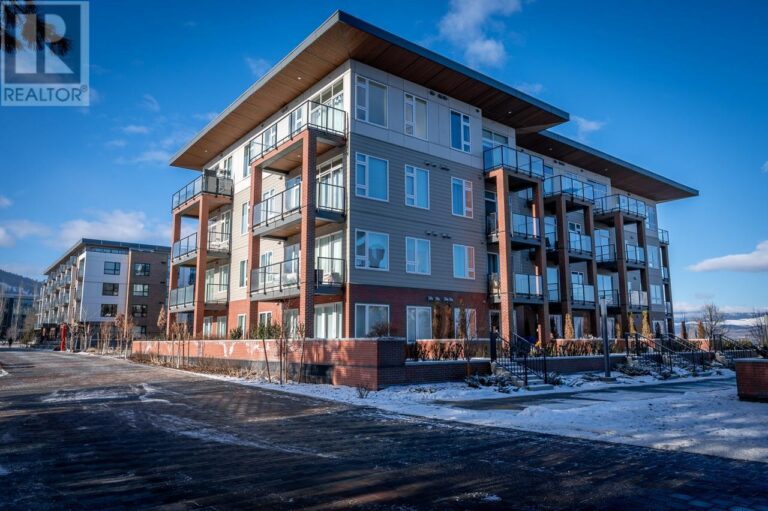In the heart of British Columbia’s Thompson Valley lies Kamloops, a vibrant city where Indigenous heritage, pioneering history, and natural splendor converge to create one of Canada’s most distinctive cultural landscapes. Often overshadowed by its more prominent provincial neighbors, this dynamic community of approximately 100,000 residents has quietly cultivated a rich tapestry of artistic expression, outdoor adventure, and cultural celebration that deserves national recognition.
The Secwépemc Museum and Heritage Park stands as a testament to the region’s 10,000-year Indigenous history. Nestled along the banks of the South Thompson River, this cultural cornerstone offers visitors an immersive journey through the traditions, language, and ecological knowledge of the Secwépemc people. Recent expansions to the interpretive center have introduced innovative multimedia exhibits that bring ancient stories to life through the voices of contemporary knowledge keepers.
“Our goal is to create understanding through authentic cultural exchange,” explains Curator Sarah Williams. “Visitors leave with not just historical knowledge, but a deeper appreciation for how Indigenous perspectives continue to shape our regional identity.”
Downtown Kamloops has undergone a remarkable cultural renaissance over the past decade. The once-industrial core now boasts over 40 vibrant murals transforming ordinary buildings into extraordinary canvases. The Back Alley Art Gallery initiative has revitalized forgotten urban spaces while providing platforms for emerging artists to showcase their talents alongside established creators.
The Kamloops Art Gallery, celebrating its 45th anniversary this year, continues to push boundaries with its bold curatorial choices. Their recent exhibition “Confluence: Where Rivers of Tradition Meet Contemporary Currents” drew record attendance by pairing historical artifacts with provocative modern interpretations, demonstrating how cultural institutions can bridge divides between past and present.
Nature enthusiasts find themselves equally captivated by Kamloops’ outdoor offerings. The city’s strategic location at the confluence of the North and South Thompson Rivers provides access to diverse ecosystems within minutes of the urban center. Kenna Cartwright Nature Park, British Columbia’s largest municipal park, features over 40 kilometers of trails winding through sagebrush highlands and Ponderosa pine forests, offering panoramic views that showcase the region’s distinctive geographical character.
The area’s unique climate—creating one of Canada’s driest environments—has fostered specialized botanical adaptations that visitors can explore at the Kamloops Demonstration Gardens. Here, innovative xeriscaping techniques showcase how native plant species thrive in challenging conditions, providing educational models for sustainable landscaping in an era of climate uncertainty.
For those seeking more adrenaline-fueled experiences, the renowned Kamloops Bike Ranch attracts mountain biking enthusiasts from across North America with its purpose-built terrain featuring jumps, berms, and technical challenges suitable for riders of all abilities. The facility’s recent expansion reflects growing investment in adventure tourism infrastructure that community leaders believe will diversify the local economy.
Peterson Creek Park offers perhaps the most accessible immersion into Kamloops’ natural beauty. This urban canyon features cascading waterfalls and microhabitats supporting remarkable biodiversity despite its proximity to downtown. Local conservation efforts have recently reintroduced native plant species that were historically harvested for traditional medicines by Indigenous communities.
Kamloops’ cultural calendar peaks during the annual Ribfest and Cultural Festival, where culinary traditions from diverse communities converge in a celebration of the region’s multicultural identity. What began as a modest barbecue competition has evolved into a three-day extravaganza featuring performances by Indigenous dance groups, South Asian musicians, and contemporary artists representing the area’s evolving demographic tapestry.
The city’s wine and craft beverage scene has similarly flourished, with Harper’s Trail Estate Winery pioneering viticulture in the Thompson Valley. Their award-winning vintages, cultivated in soil once traveled by pioneering fur traders, tell a story of agricultural innovation and adaptive land stewardship.
“What makes Kamloops special is the authentic intersection of cultural heritage and natural wonder,” notes Tourism Director Michael Chen. “Visitors discover layers of experience here that challenge preconceptions about interior British Columbia.”
As Canada’s cultural landscape continues evolving, communities like Kamloops offer valuable insights into how mid-sized cities can leverage their unique heritage and natural assets to create distinctive visitor experiences. The question remains: as more travelers seek authentic cultural immersion beyond metropolitan centers, will Kamloops finally receive the national recognition its cultural riches deserve?























